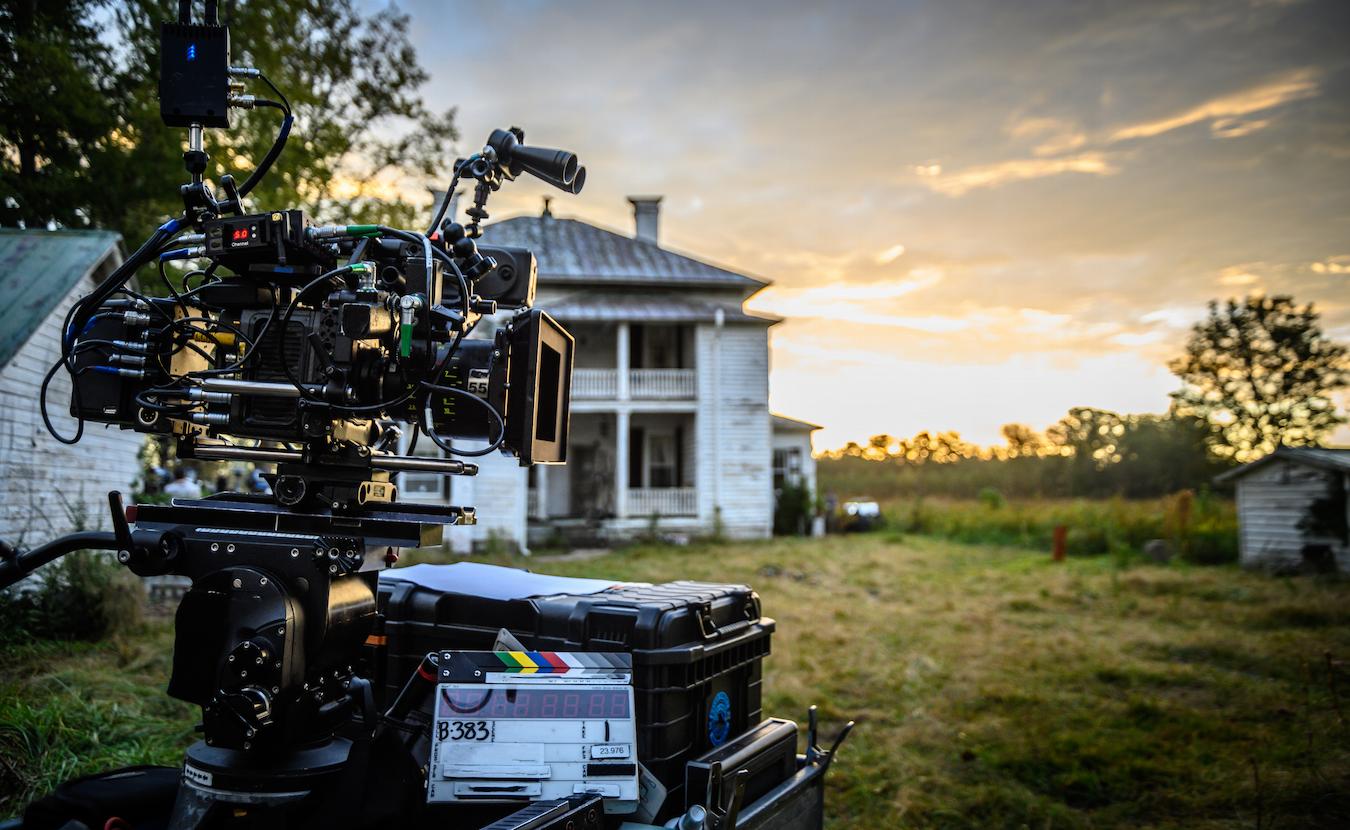Director of Photography Jon Kline has earned a stellar reputation for his distinctive cinematic techniques that elevate storytelling through powerful visual language. As a visionary Director of Photography, Jon Kline combines technical expertise with creative intuition to craft images that resonate deeply with audiences. His signature style reflects a mastery of lighting, composition, camera movement, and color grading that defines the mood and tone of each project. This article explores the unique cinematic techniques employed by Director of Photography Jon Kline, revealing why his work stands out in the competitive world of filmmaking. We will also cover why choosing him is a smart decision and answer five frequently asked questions about his craft.
The Visual Language of Director of Photography Jon Kline
At the core of Director of Photography Jon Kline’s work is a dedication to visual storytelling. He understands that cinematography is not just about capturing images but about conveying emotion, narrative, and subtext. His ability to communicate through visuals distinguishes him as a sought-after Director of Photography.
Using a meticulous approach, Director of Photography Jon Kline focuses on elements like light and shadow to create depth and atmosphere. His compositions are carefully framed to guide the viewer’s eye and emphasize key story elements. Through subtle but effective camera movements, he enhances the pacing and emotional impact of scenes. The result is a cinematic experience where every frame serves a purpose.
Signature Lighting Techniques
Lighting is one of the defining elements of Director of Photography Jon Kline’s style. He expertly balances natural and artificial light to craft scenes that feel authentic yet cinematic. His lighting choices often highlight textures and contrasts that give scenes a tactile quality.
One hallmark technique is his use of motivated lighting, where every light source in a scene appears natural and justified, helping maintain suspension of disbelief. Director of Photography Jon Kline also uses chiaroscuro—strong contrasts between light and dark—to add drama and mystery. This interplay between light and shadow creates a three-dimensional effect that draws audiences into the scene.
Masterful Composition and Framing
As a skilled Director of Photography, Jon Kline understands the power of composition. He applies the rule of thirds, leading lines, and framing techniques to create balanced and visually interesting shots. His compositions often emphasize the emotional state or relationships of characters, using space and positioning effectively.
In scenes requiring tension or isolation, Director of Photography Jon Kline uses negative space strategically to evoke feelings of loneliness or suspense. Conversely, in moments of connection or warmth, he fills the frame to convey intimacy. His thoughtful framing helps reinforce the story’s themes without distracting from the action.
Fluid Camera Movement
Camera movement is another signature technique of Director of Photography Jon Kline. He employs smooth tracking shots, slow pans, and carefully timed zooms to immerse viewers in the narrative flow. His movements are never gratuitous but always purposeful, enhancing the emotional rhythm of the film.
In action sequences or dramatic reveals, Director of Photography Jon Kline uses dynamic handheld shots or Steadicam work to add energy and immediacy. Conversely, for contemplative or tender moments, he opts for static or slow-moving shots to let the scene breathe. This versatility in movement creates a rich visual texture.
Color Grading and Mood Setting
Post-production color grading is a vital part of Director of Photography Jon Kline’s cinematic toolkit. He collaborates closely with colorists to apply palettes that complement the film’s tone and genre. From warm, golden hues that evoke nostalgia to cool, desaturated tones that enhance suspense, his color choices reinforce the emotional subtext.
The deliberate use of color also helps establish setting and time, subtly guiding the audience’s perception. Director of Photography Jon Kline often uses color contrasts to differentiate narrative threads or highlight thematic elements. This nuanced approach to color adds layers of meaning to the visual storytelling.
Why Choose Director of Photography Jon Kline?
Selecting Director of Photography Jon Kline ensures your project benefits from a blend of artistic vision and technical precision. Here’s why he is the preferred choice for filmmakers:
- Distinctive Style: His signature techniques create visually compelling narratives that stand out.
- Technical Mastery: Expertise in lighting, camera operation, and post-production guarantees high-quality results.
- Collaborative Approach: He works closely with directors and crews to realize a unified vision.
- Versatility: Skilled in various genres and production scales, from indie films to major projects.
- Story-Driven Cinematography: Every choice serves the narrative, enhancing audience engagement.
By choosing Director of Photography Jon Kline, you are investing in a cinematographer who elevates your story with unforgettable imagery.
Frequently Asked Questions about Director of Photography Jon Kline
1. What makes Director of Photography Jon Kline’s lighting techniques unique?
His use of motivated lighting and chiaroscuro creates natural yet dramatic visuals that enhance storytelling.
2. How does Director of Photography Jon Kline approach camera movement?
He uses purposeful movements tailored to the scene’s emotional tone, balancing dynamic and static shots.
3. Can Director of Photography Jon Kline adapt his style to different genres?
Yes, his versatility allows him to work effectively across dramas, thrillers, documentaries, and more.
4. How involved is Director of Photography Jon Kline in post-production?
He collaborates closely on color grading to ensure the final look aligns with the film’s mood and vision.
5. How can I hire Director of Photography Jon Kline for my project?
Reach out via his professional website or representation for availability and project inquiries.
Conclusion
Director of Photography Jon Kline is a master craftsman whose signature cinematic techniques have defined many successful projects. His deep understanding of lighting, composition, camera movement, and color grading allows him to create powerful visual stories that captivate audiences. Whether working on intimate indie films or large-scale productions, Director of Photography Jon Kline consistently delivers artistry and precision.
